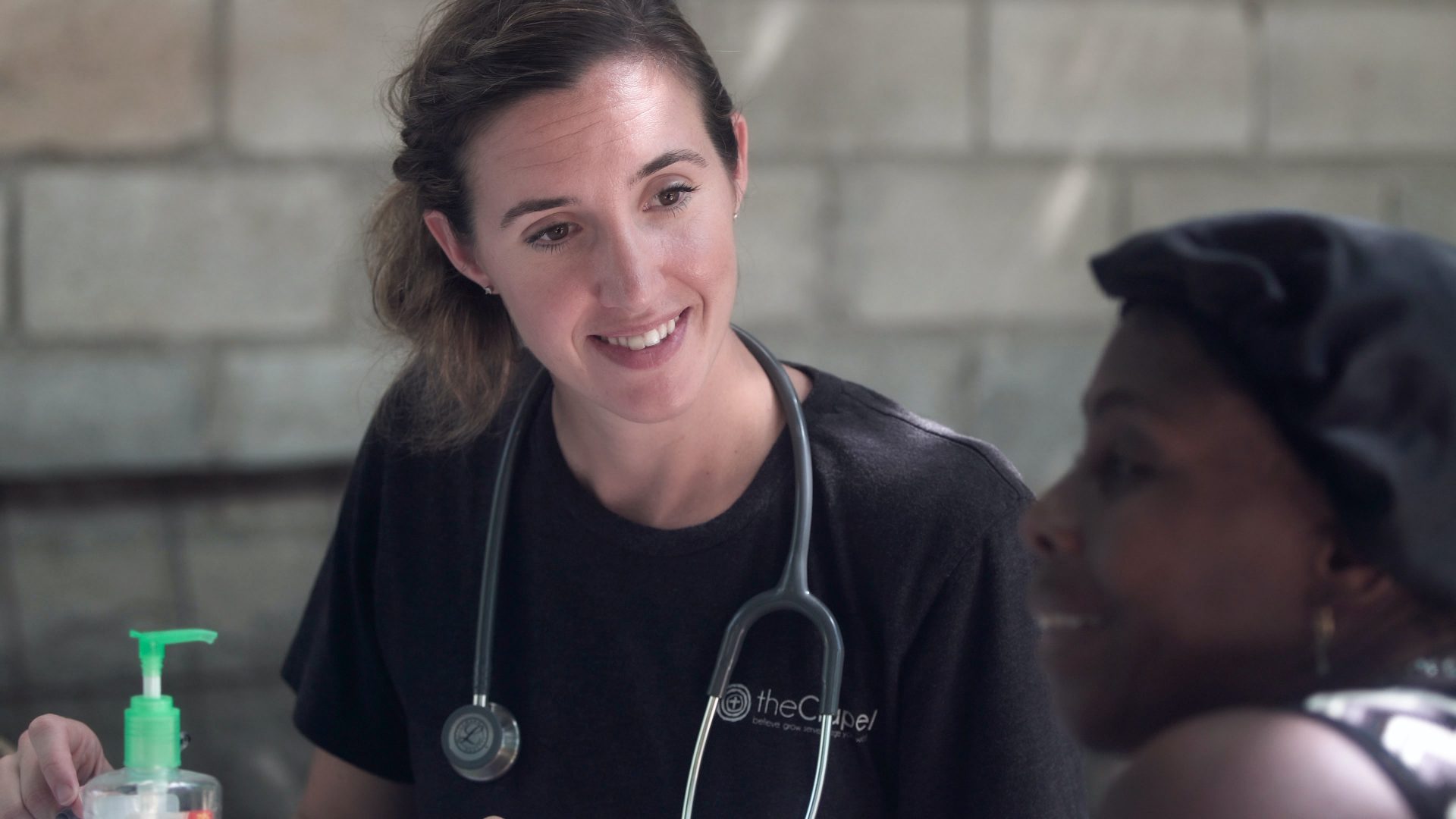Interior Standards for Holiday Décor in Healthcare Settings
Balancing Individual Desires and Professional Environments

It’s very common for hospital units, physician offices or surgery centers to have various holiday decorations on display throughout the year.
All too often the types of decorations on display are not coordinated or considered as part of the overall brand. In many cases, there are very few policies (typically fire hazard policies), to establish guidelines on how decorations should be pursued and how they may contribute well to the overall patient experience.
Just as with any other “customer-facing” decisions, holiday decorations should be thoughtfully pursued with the patient in mind. Some teams take their holiday décor very seriously and when the discussion of patient centered standards begins, there can be push-back. Indeed, frontline staff may feel that their workspace should be a space where they can express their tastes and have some holiday fun throughout the year.
That’s true if they work in a backstage space. Break rooms or back offices where no patients are permitted, are fine places to have few limits on décor assuming choices comply with safety standards and are attractive and inclusive.
However, for staff who work in front-stage spaces such as a registration desk, nursing unit, patient hallway, lobby area, etc., holiday décor must be considered as part of the overall experience design plan.
Certainly, holiday décor can help create a more cheerful environment for patient and family members who may be experiencing great stress or discomfort. Holiday décor can also serve as a nice distraction for patients who are consumed with pain, anxiousness and boredom.
Issues arise when there’s no coordinated effort throughout an organization to ensure that choices are tasteful and support a healing and professional environment. Patient experience planning seeks to build patient confidence, so they know they’re in good hands. Confidence is primarily built by the professionalism, accuracy and consideration shown by caregivers however, physical cues contribute to a sense of confidence as well.
When it comes to holiday décor, the goal is to accent an existing professional environment with beauty and cheer, not clutter and disorder.
Healthcare Provider Holiday Day Décor Checklist
We’ve developed a Healthcare Provider Holiday Day Décor Checklist as a quick guide for year-round holiday celebrations without year-round patient dissatisfaction.
In addition to offering telemedicine visits, creating comprehensive lists of ways expectant parents can stay healthy and maintain a healthy pregnancy is another important practice.
1 - Safety First
If safety standards for holiday decorating doesn’t already exist, work with the safety team to identify what applies. There are federal and local standards that should also be reviewed for current compliance.
Typical areas of concern are fire hazards of electric lighting, combustible materials, choking hazards, trip hazards and obscured sight. MCN Healthcare consultants published a blog with more safety details to consider at MCN Healthcare website.
2 - Set a standard
Many medical facilities allow staff to decorate areas however they wish which often leads to clinical areas looking more like an elementary school than a professional healthcare site. Cardboard turkeys, shamrocks, bunnies and cupids look great in a school, but they shouldn’t be taped all over the glass in a surgery center. A suggested standard to consider is that the décor for any holiday should be more like a high-end department store and less like an elementary school. Also, the décor should be a beautiful accent and not interfere with the general operations and interactions with patients. Think more about beautiful wreaths or flower arrangements or rich garland instead of a cardboard skeleton hanging on a door. (Yes, I’ve seen that in a medical office).
3 - How Many is Too Many ?
It’s common to see physician offices or hospitals display decorations for Valentine’s Day, St. Patrick’s Day, Easter, 4th of July, Halloween, Thanksgiving, Christmas/Hanukkah/Kwanza. These frequent changes and updates to décor may be a fun task for some but can cause storage issues and more opportunities for clutter. One solution could be to do seasonal décor instead of specific holiday themes. Winter, Spring, Summer and Fall could be the key holiday changes and some accents from specific holidays could be added in.
4 - Don't Forget Children
If your medical facility sees pediatric patients, remember how a touch of whimsy may help reduce their stress. Once decisions are made on which holidays to pursue, add in some special touches to accommodate your youngest patients.
5 - Watch the Budget
If your organization is ready to look at holiday décor standards as part of thoughtful patient experience planning, one concern may be the cost to build higher quality décor operations for a full year. A few ways to manage budget concerns is to phase in the new plan by purchasing holiday or seasonal décor the week after the holiday at hand so items are 50-75% cheaper. This will take longer to complete the new approach however the savings will be very attractive.
Conclusion
Finding the balance between cheer and clutter is an important part of how Interior Standards can impact the messages spaces send to patients. If your organization has had an “anything goes” policy for holiday décor, it may be time to be more deliberate as you seek to delight patients, staff and visitors.

Diane S. Hopkins
Senior Leader Healthcare Practice for Extens Consulting
Discover what we can do for you and your business to succeed in Care.
Get in touch with the author to share your comments and discuss the topic.




